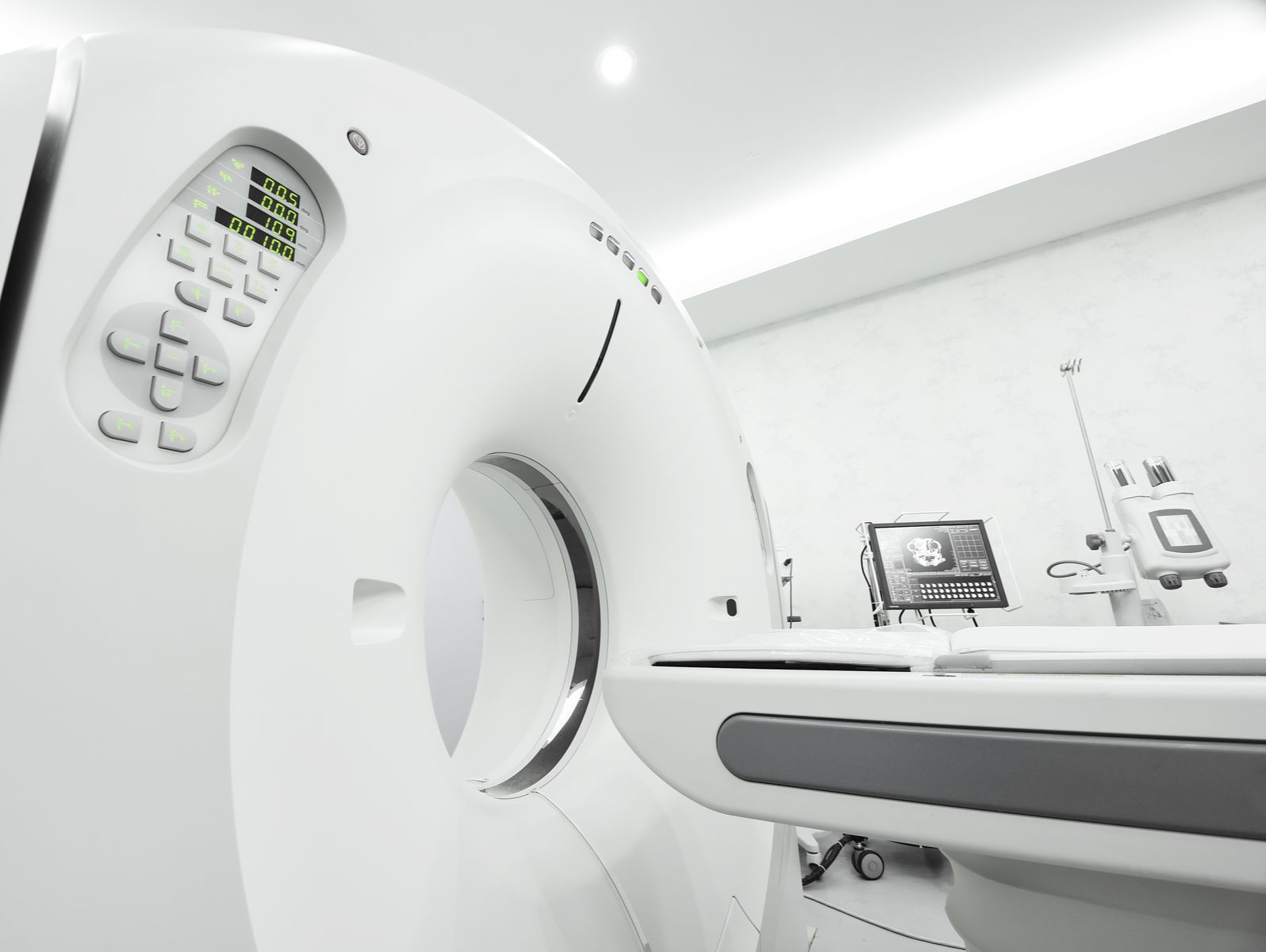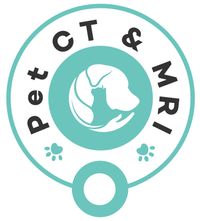
12/05/2023 0 Comments
Pet CT scans and pet MRI scans – what is the difference?
When it comes to diagnostic imaging for pets, CT scans and MRI scans are two of the most commonly used techniques. Both of these imaging techniques are used to diagnose and monitor various medical conditions in dogs and cats. However, there are some key differences between the two, and understanding these differences is important in determining which scan is best suited for your pet's specific needs. Our experienced veterinarian will advise you on the best course of action for your pet, however, below is a simple guide about CT scans and MRI scans, the differences between the two, and what each one is used for.
CT Scans
CT (Computed Tomography) scans use X-rays to create detailed cross-sectional images of your pet's body. In a CT scan, the pet lies on a table that moves through a doughnut-shaped scanner. The scanner takes multiple X-ray images from different angles, and a computer combines these images to create detailed 3D images of the pet's body.
CT scans are particularly useful for diagnosing and monitoring conditions that affect the bones, such as fractures, arthritis, and cancer. CT scans are also commonly used to diagnose and monitor lung and abdominal conditions. This gives our vets the opportunity to make informed diagnoses and advise on the best course of action going forward.
MRI Scans
MRI (Magnetic Resonance Imaging) scans use a powerful magnetic field and radio waves to create detailed images of your pet's internal organs and soft tissues. In an MRI scan, the pet lies on a table that slides into a tube-shaped scanner. The scanner uses a magnetic field to align the hydrogen atoms in the pet's body and then sends radio waves to stimulate the atoms. The atoms emit signals that are picked up by the scanner and used to create detailed 3D images of the pet's body.
MRI scans are particularly useful for diagnosing and monitoring conditions that affect soft tissues, such as the brain, spinal cord, and joints. MRI scans are also commonly used to diagnose and monitor heart and abdominal conditions. These may sound like concerning things for us to be watching out for, however, you can rest assured that our experienced vets will do their utmost to keep your pet comfortable, whilst keeping you informed.
Comparing CT Scans and MRI Scans
CT scans and MRI scans are both highly effective imaging techniques, but they have different strengths and weaknesses. CT scans are best suited for diagnosing and monitoring bone and lung conditions, while MRI scans are best suited for diagnosing and monitoring soft tissue conditions, the early detection of a problem of either is pivotal to the health and well-being of your pet going forward.
CT scans are typically faster and less expensive than MRI scans, but they expose your pet to ionizing radiation. This can be a concern if your pet needs to undergo multiple scans or if your pet is already at risk for cancer. MRI scans do not use ionizing radiation, making them safer for your pet, but they are typically more expensive and take longer to perform.
Our veterinarians are animal lovers and when you book any scan with us, we assure you they will be treated as one of our own so that your pet can be diagnosed and treated quickly and efficiently, allowing you both to enjoy life.

Comments
Leave a comment